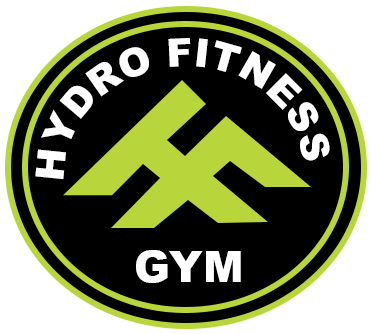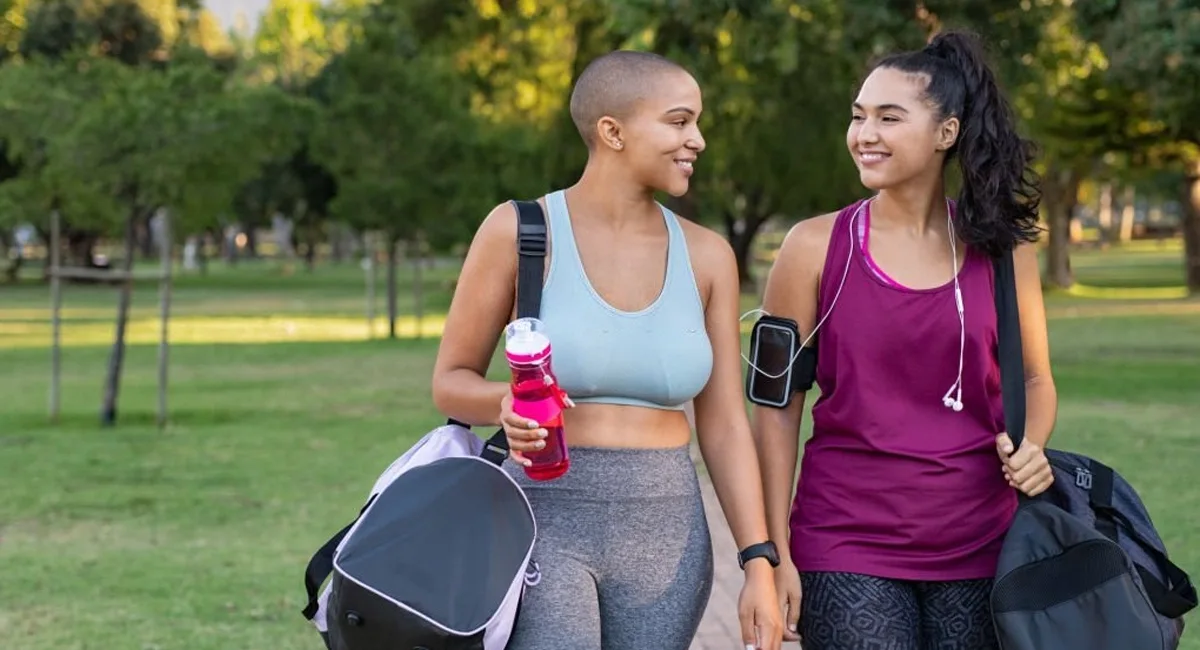Yoga is a practice that brings positive changes to both the body and the mind. Its benefits extend beyond the physical body, as it proves to be a valuable tool for reducing stress and promoting relaxation. Among the various yoga poses for stress relief available, seven particularly stand out for their effectiveness in fostering a sense of calm and relieving stress.These poses serve as pathways to the cause of peace, helping individuals strike a harmonious balance between the body’s demands and the mind’s needs.
Practicing these yoga postures in a yoga classes becomes a journey toward inner peace, creating a profound sense of relaxation that permeates one’s entire being. Through the deliberate integration of breath, movement, and mindfulness, yoga emerges not merely as an exercise but as a comprehensive practice that nurtures both physical and mental well-being. India is the birthplace of yoga, a traditional mind-body discipline that translates from Sanskrit as “union.”
In addition to movement, it incorporates breathing exercises and meditation to enhance your physical, mental, and emotional well-being and strengthen your mind-body connection.
How to Begin Yoga?
As we already know yoga is the best way to calm our minds, and the best medicine for our physical and mental health. Unlike every other exercise before starting yoga pauses, we need to warm up our bodies. Here are some straightforward yet beneficial warm-up.
- Neck Movements: The cervical region should be gently rotated in opposite directions to release pressure in your neck and shoulder area.
- Should Movement: Roll your shoulders in all directions in a looping motion to loosen up your muscles.
- Arm Rotations: Stretch your forearms out towards the ends and make circular motions in each direction to increase flexibility along with warming up your shoulder joints.
- Wrist Stretches: Stretch and straighten the tips of your fingers and move your wrists around in circles to get ready for heavy loads positions.
- Leg Swings: Bounce one leg ahead inwardly, and opposite direction while grabbing upon a strong support to help warm up the cartilage in your hips.
Best Six yoga for mental peace and emotional management
Here are six poses designed yoga for mental peace, and emotional management. You can incorporate all of them into a single session or select one or two based on your current needs. It’s essential to pay attention to your body and adjust the duration of each pose accordingly. According to Jain’s recommendation, hold each pose only for as long as your body feels comfortable.
The time spent in each pose will depend on your body’s response, and it’s perfectly okay to take more time if you’re experiencing tension, allowing yourself to relax at your own pace gradually.
1. Sun Salutation Pose(Surya Namaskar):
Every yoga enthusiast recommends making this your initial yoga position every day. It’s beneficial even on days when you skip your regular exercise routine, as this pose caters to all the essential needs of both your body and mind. Start by placing your toes close together and straight to your body. Then, stretch both arms downwards beside your body, keeping your shoulders loose and your hand facing the exterior. Breathe firmly while you raise your arms in wide arcs above your head.
If you feel tension in your shoulders, maintain some distance between your hands and gaze straight ahead. Alternatively, if your shoulders permit, bring your palms together, gently tilt your head backward, and direct your gaze up at your thumbs.
How it brings mental peace: This particular pose is recognized as the Surya Namaskar relaxed poses. It provides a comprehensive stretch for your entire body, and when you direct your face toward the sun, it has the remarkable ability to elevate your mood and alleviate stress.
2. Child’s Pose(Balasna):
This posture proves advantageous for calming your adrenal glands, especially when they may be heightened during periods of heightened stress. Its primary emphasis is on areas like the back, hips, thighs, and ankles. To begin, position yourself on your hands and knees, then gently ease back over your heels with your hands extended in front.
Gradually fold forward until your forehead rests on the yoga mat. Allow your big toes to come together, and you have the option to keep your knees either together or slightly apart. Engaging in this yoga pose is also known to contribute to reducing excess thigh fat. Alternatively, you can stack your hands, rest your head on your forearms, or simply extend your arms in front. Maintain this pose for a minimum of 10 breaths, with a focus on releasing as much air as possible with each exhale.
How it brings mental peace: This particular posture is designed to induce a sense of relaxative asanas throughout your body by focusing on areas such as the back, hips, thighs, and ankles. Through the rhythmic process of inhaling and exhaling, you establish a serene connection, and the subtle touch on your forehead functions as a trigger for relaxation. Your body experiences a comforting stability as if embracing the ground, creating a feeling of safety and centeredness.
3. Legs Up the Wall Pose (Viparita Karani):
Sit with one side of your body against a wall and then gently lie on your back. Extend your legs up against the wall, keeping your feet together or hip-width apart, and let your ankles relax. If your lower body feels a bit stiff, you can move your hips a bit away from the wall. Allow your arms to rest at your sides with your palms facing up, and stay in this position for one to five minutes. If you experience any tingling or numbness in your feet, come out of the pose a bit earlier, moving slowly.
How it brings mental peace: This pose is beneficial for relieving stress as it reverses the usual flow of the body and blood circulation, encouraging a sense of relaxation. It also has a calming effect on the brain, quieting it and bringing about a state of thought-free serenity.
4. One-Legged Seated Forward Bend (Janu Shirasasana):
It involves sitting on the floor with both knees extended. Place your right foot up on your left side and flex your knee on that side. Hold yourself erect while stretching by extending both arms above your head. After letting out a breath, bend downward from your hips, crossing your left leg. Maintain an erect neck and ease your shoulders. Locate an appropriate position on your left hip for your hands.
Please take a deep breath, lengthening your back, then release it to permit yourself to relax even more over your leg. Hold this position for ten to sixty seconds. Let go and repeat the movement while extending the other leg.
How it helps relieve stress: This yoga practice for emotional management combats the tendency to think too much and even hang into ideas, events, and feelings when you are nervous or agitated. Like other forward-bending poses, this one helps develop the letting-go attitude to release limiting thoughts and emotions and calm the mind.
5. Revolved Abdomen Pose (Jathara Parivartanasana):
There are numerous advantages to this specific yoga pose for your back, abdomen, and spinal column. It is beneficial to your general health in addition to improving gastrointestinal. Start by placing your face down facing the floor to begin this energizing stance. Spread your arms out to the sides at your sides, palms up. As you slowly drop your knees to the right side, gently lift them to your chest.
Take a left-head turn and hold this reviving pose for ten to thirty seconds, making sure your left shoulder remains grounded. Gently return your knees to the middle position while you relax, then go fluidly to the opposite side.
How it helps relieve stress: These moderate cervical twists help relieve the pressure in the cervical spine while simultaneously giving your abdomen a relaxing massage and easing any stomach pain. The twist helps reduce stress and encourages general calmness.
6. Corpse Pose (Savasana):
Savasana, also referred to as Corpse Pose, marks the final relaxation phase in yoga, offering a precious opportunity for complete rest. Close your eyes, take slow, deep breaths, and let your muscles relax. Savasana goes beyond being a concluding break; it serves as a potent method for relaxation. As you settle into the mat, a sense of deep peace envelops you, creating a serene and quiet space.
This moment allows the positive effects of your yoga practice to seep in, bringing tranquility to your mind and leaving you revitalized. Savasana serves as a gentle reminder that, at times, simply doing nothing is precisely what your body and mind require to rejuvenate and regain equilibrium.
How it brings mental peace: There is a reason yoga classes often end with this pose. It is believed that 20 minutes of practice of corpse pose can energize the body worth the equivalent of eight hours of sleep if done correctly.
Conclusion:
In conclusion, yoga is a fantastic practice that benefits both body and mind. The seven poses we have explored offer distinct ways to stress relief and relaxative asanas. Originating from India, yoga outstrips ordinary exercise, incorporating breath and mindfulness for overall well-being. Beginning with gentle warm-up exercises, yoga poses to reduce thigh fat, these poses, from the dynamic Sun Salutation to the calming Corpse Pose, guide us in finding balance.
They assist in releasing tension and letting go of limiting thoughts, enriching a sense of unexcitability. In our hectic lives, these poses serve as a haven for the mind. Through regular practice, yoga helps our body and mind for flexibility and holistic well-being. Hydro fitness helps you to keep your mind relaxed and your body healthy by providing the best yoga trainers.


